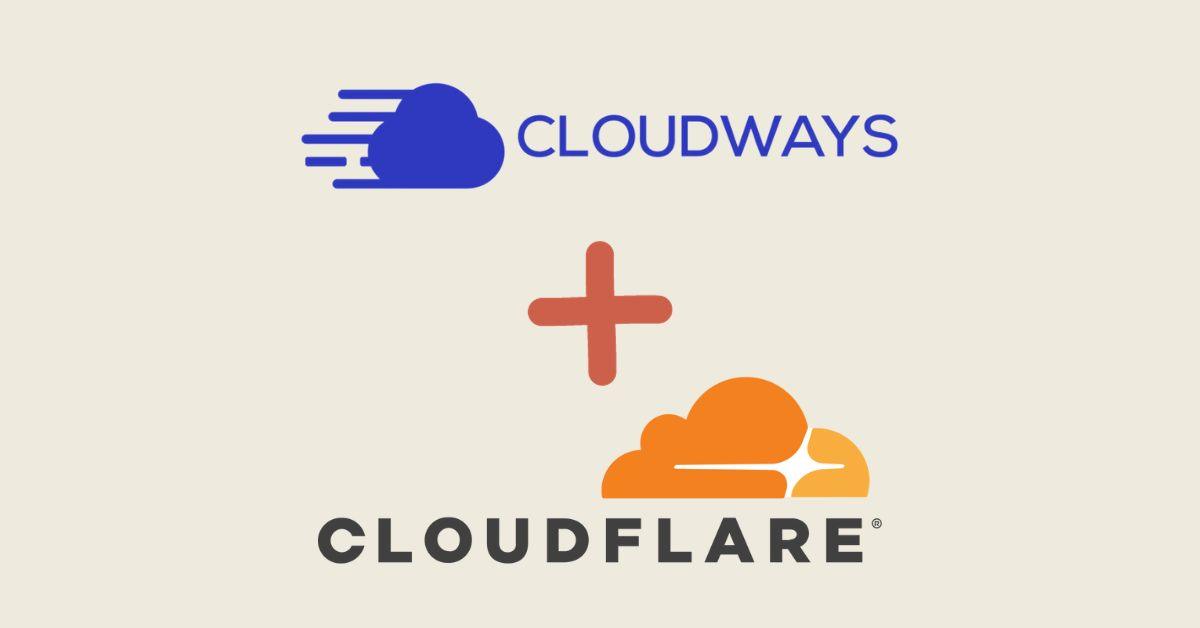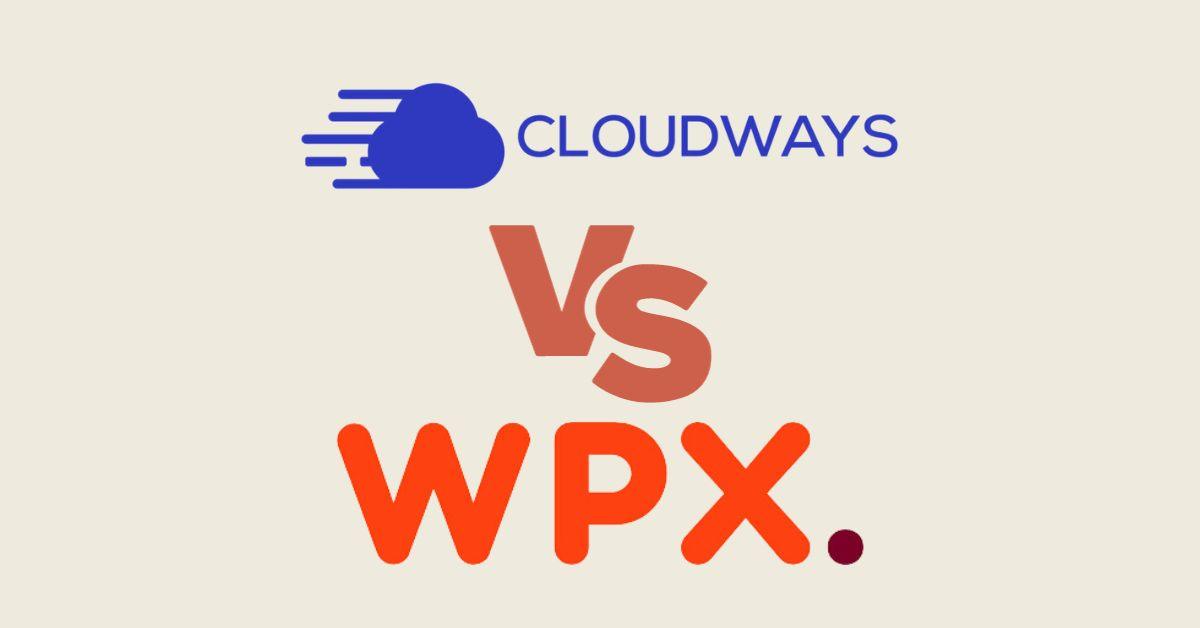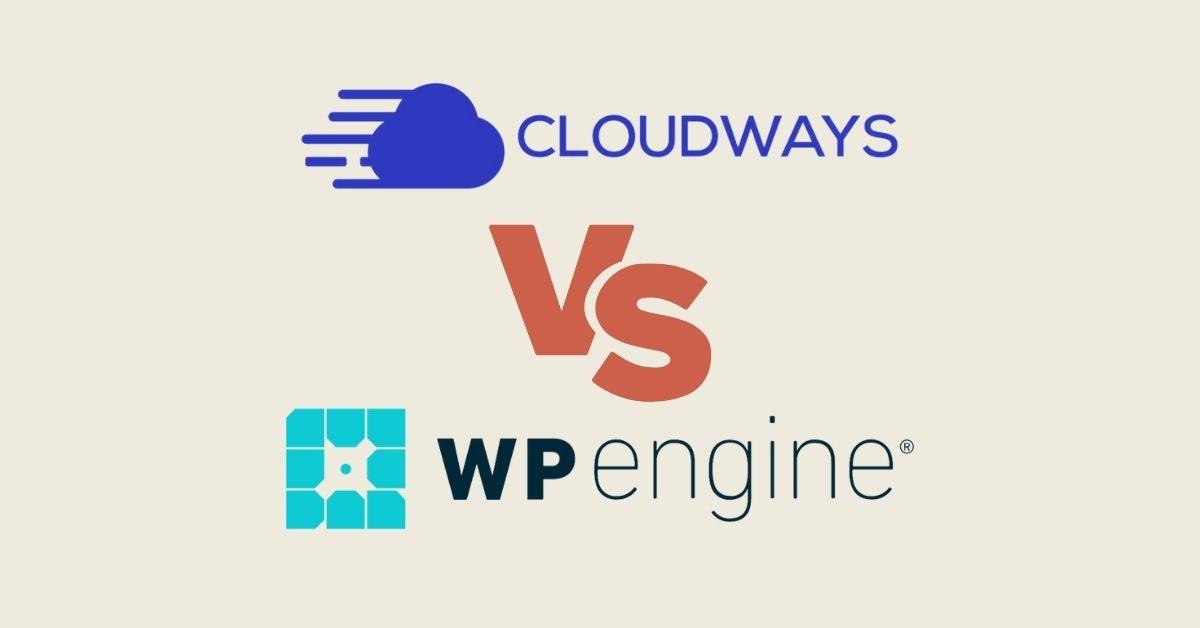As a website owner, you are responsible for securing your WordPress site.
It is important to understand that security breaches can happen at any time, even if you have taken all the precautions.
Following a comprehensive WordPress security checklist is crucial to ensure your website remains safe and secure from malicious actors and hackers.
In this article, you will learn 11 expert tips about securing your WordPress site.
WordPress Security Checklist
There are many ways to protect your WordPress website. But here is the complete expert checklist to start this journey.
1. Strengthen WordPress Login Security

Securing your WordPress site's login page is one of the most important steps in protecting it.
Ensure that the username and password used for logging into the admin area are unique and complex enough to be difficult for others to guess or crack.
Using strong, unique passwords for your WordPress account, and encouraging your WordPress users to do the same, is another simple yet effective way to secure your website.
Strong passwords can defend against unauthorized access to your site.
You should also consider using two-factor authentication (2FA) to add an extra layer of protection.
Furthermore, you can add the following:
- IP blocking/restriction: This blocks access attempts made by users with certain IP addresses.
- CAPTCHA: It requires users to enter a code before being allowed entry into the WP dashboard area
All these extra measures help prevent brute force attacks & unauthorized access attempts made by hackers & spammers trying to gain access without permission.
2. Keep WordPress Themes and Plugins Updated

To secure your WordPress site from potential threats, always keep it up-to-date with the latest version of WordPress and any plugins or themes installed on it.
Consider installing a reliable security plugin such as Wordfence or Sucuri, which will scan your website regularly for malicious code or suspicious activities and alert you if anything suspicious is detected.
Apart from scanning and monitoring for suspicious activities, there are several other measures you can take to protect your website from potential threats, such as:
- Use strong encrypted passwords
- Hide WordPress version and Installation
- Disable File editing in the admin area
- Limit the access to sensitive files like wp-config, htaccess, etc
Regular updates of the WordPress core and its plugins are crucial for keeping your site secure.
Developers regularly update their software to fix any security vulnerabilities, bugs and to offer new features.
Ignoring these updates puts your site at risk as it leaves the site exposed to known security issues.
3. Use SSL Encryption

Secure Socket Layer (SSL) encryption is essential to safeguarding data transmitted between your website and users.
SSL certificates protect sensitive information, such as login credentials and payment details, from being intercepted by malicious actors.
Search engines also favor SSL-enabled websites, positively impacting your SEO rankings.
4. Regular Backups
Performing regular WordPress backups is a crucial aspect of website security.
It is important to select a trustworthy backup system and set up regular automated backups, keeping them in a secure off-site location.
Doing so lets you easily restore your WordPress website to a stable previous version in case of any unforeseen issues.
Regular backups play a massive role in WordPress website security.
WordPress backup plugins can help automate these backups.
5. Choose the Best WordPress Hosting Provider
The WordPress hosting service plays a crucial role in the security of your WordPress site.
A dedicated and secure WordPress hosting provider helps to secure your site by providing security measures like firewalls, security audits, and malware scanning.
They also provide regular backups and offer support in case of security issues.
6. Install a Web Application Firewall
A Web Application Firewall (WAF) is a security measure that filters and monitors incoming traffic to block malicious requests.
It acts as a barrier between your website and potential threats, significantly reducing the risk of attacks like SQL injection and cross-site scripting.
7. Disable Directory Listing
Leaving directory listing enabled can expose sensitive files and information.
Disable directory listing to prevent hackers from easily accessing files or directories on your server.
8. Use WordPress Security Plugins
WordPress plugins, especially those designed for security, can greatly increase the security of your WordPress site.
The best WordPress security plugins offer features like login lockdown, two-factor authentication, security risk checks, firewalls, and regular site checks for security vulnerabilities or issues.
However, it's important to be cautious and only use plugins from trusted sources, as many WordPress plugins can also introduce security vulnerabilities.
Research and choose a reputable security plugin that suits your website's needs.
9. Secure File Permissions
Review and adjust file permissions on your WordPress server regularly.
Restrict write permissions to directories and files that only require read access.
Avoid setting global write permissions, as this may lead to unauthorized modifications to crucial files.
10. Secure WordPress Database

Securing your WordPress database is crucial to protect your website and sensitive data from potential threats.
Follow these essential steps to enhance your database security:
- Change Database Table Prefix: When installing WordPress, change the default database table prefix from "wp_" to a unique value to prevent SQL injection attacks.
- Strong Database Passwords: Set strong, unique passwords for your database users. Avoid using default or easily guessable passwords to minimize the risk of unauthorized access.
- Limit Database User Privileges: Assign specific and limited privileges to your database users. Avoid giving unnecessary permissions.
- Disable Database Error Reporting: Avoid displaying detailed error messages to users. It prevents attackers from gaining insights into your database structure.
- Use Prepared Statements and Escaping: When working with database queries, use prepared statements and data escaping to prevent SQL injection attacks.
- Hide Database Configuration: Keep your database configuration file (wp-config.php) secure by placing it outside the web root directory and restricting access.
11. Regular Security Audits
Conducting routine security audits is essential to identify potential vulnerabilities and address them promptly.
Hire a professional security expert to thoroughly assess your website's security infrastructure and recommend necessary improvements.
Conclusion
In this WordPress Security Checklist, you learned the importance of securing your website and some expert tips.
To keep your WordPress site secure, update frequently, use trusted security plugins, limit login attempts, hide the version number, set strong passwords, create backups, and follow best practices.
Our agency provides a complete solution from no website to a fully secured WordPress website. If you're looking to re-build or need WordPress websites for your business? You can contact us anytime.
FAQs
Is it essential to update themes and plugins regularly?
What should I do if my website gets hacked despite security measures?
Can security plugins completely protect my website?
What is the purpose of hiding your WordPress admin login page?
How can a 'Login Lockdown' feature boost the security of my WordPress site?
Within our comprehensive guide, we've embarked on an enlightening journey through the realm of Content Management Systems (CMS). From grasping the core components to unraveling customization and security intricacies, we've left no stone unturned. If you're hungry for a deeper dive into the world of CMS, be sure to explore our guide on WordPress Custom Development in 2023. It's your ticket to mastering advanced WordPress development techniques and staying at the forefront of digital innovation.





